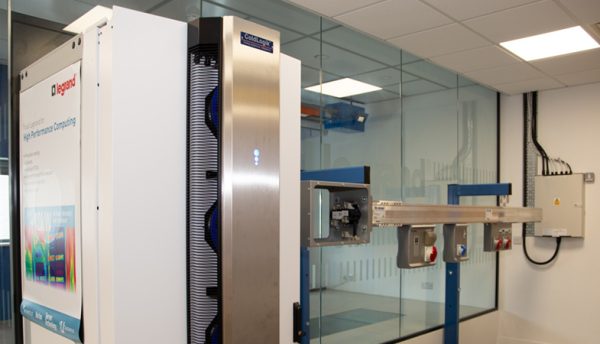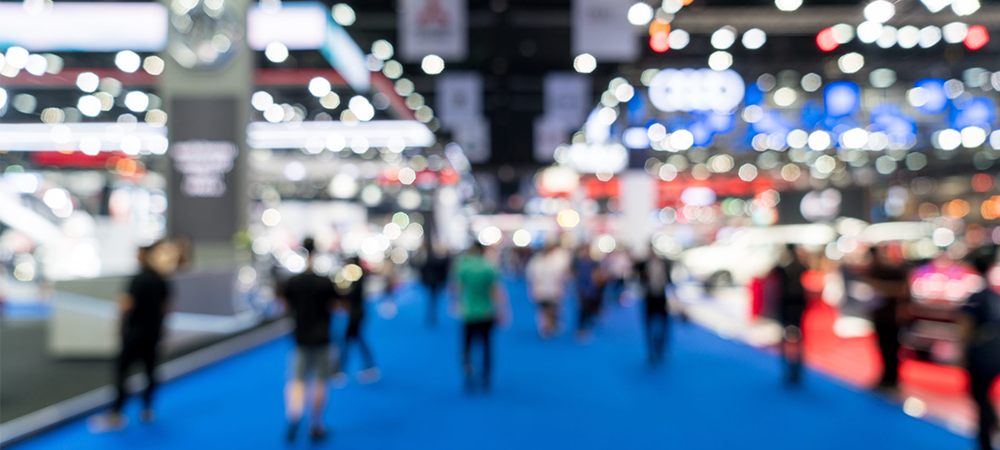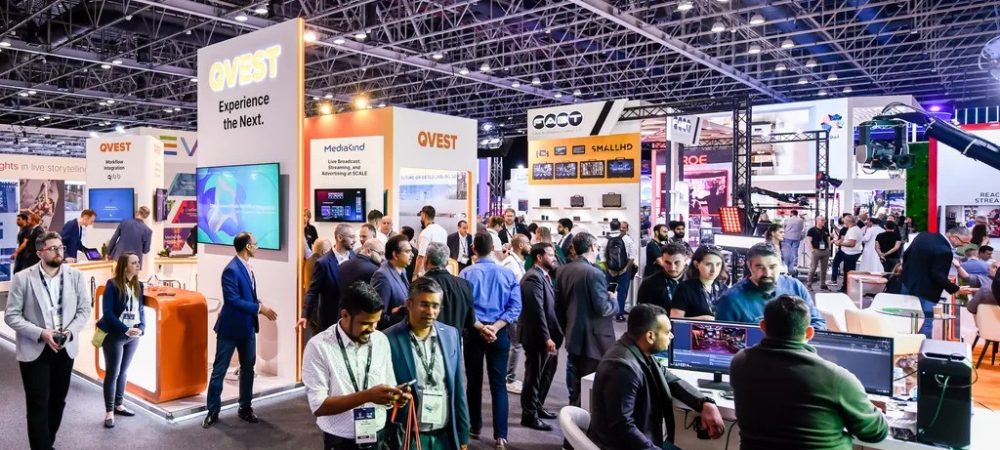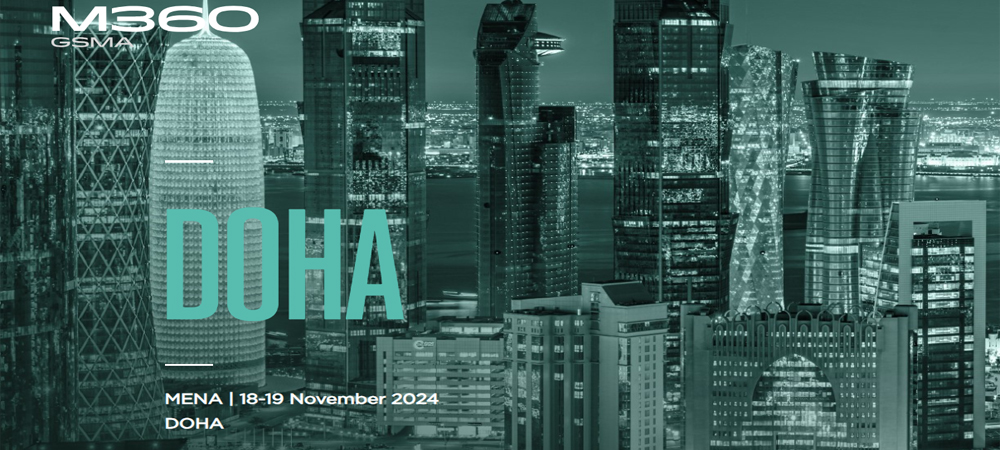On the launch of Legrand’s Data Centre Solutions Experience Centre in Reading, IDC sat down with Jean-Pierre Burger, Business Unit Director for Critical Power UK and Iceland, Legrand UK and Data Centre Solutions, to discuss how the company has positioned itself as a trusted partner and a dynamic solutions provider.
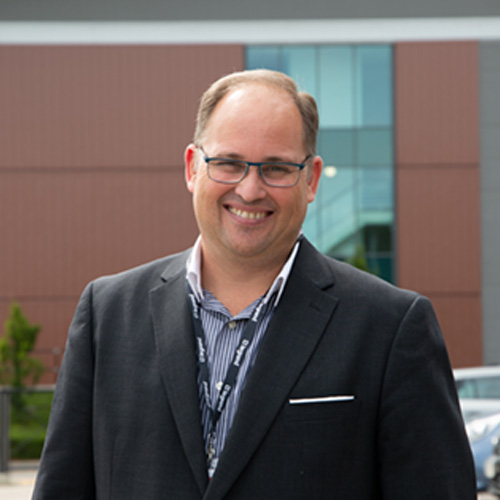
How does Legrand adapt to the changing needs of the market?
I think as a team we’re a very dynamic business. That’s one thing that we’ve driven into the whole business cycle this year – to break the mould. That’s been one of the key messages to the sales team and to the staff, and we’re driving that into the market. We’ve got a new website now and that website shows that we are a solutions provider.
That’s the only way I think you can keep up with today’s market, which is by being a dynamic solutions provider. Although I like the words ‘trusted partner’ as that’s how I like to see it – us as being part of the team with a customer.
How does Legrand position itself as a trusted partner in the market?
We have a very good brand. All the products that you see from Legrand have existed in the market for five, 10 and some 20 years. All we’re doing is evangelising it – we’re taking it to the market with a fresh approach and showing customers you have a tried and trusted brand but we’re bringing expertise to it.
One thing I like about Legrand is when we buy or acquire companies, we keep the individual skill sets of that organisation and we keep the brand identity. We don’t just swallow it up and it disappears. We get a conversation going as people have been using these existing products but don’t realise they’re all part of Legrand.
That was the conversation here today – customers were discovering that we’ve got this complete solution of quality brands and they’ve been using one or two of them for years. Now suddenly, they can deal with the same company.
How does Legrand make its products more energy efficient?
One of our CSRs (corporate social responsibilities), as challenging as it is, is to work with delivery drivers and transport organisations to see if there’s the possibility of using zero emission vehicles to look at things like reduced numbers of deliveries or combined deliveries to us or to customers, thereby reducing carbon footprint.
We are always very conscientious about what we can do as a business with recycling. That’s a big one for us. We don’t have any of our sites with renewable energy, unfortunately, but it is a market that we are always interested in because if you look at all of our products, we’re all about energy efficiency.
We’re all about trying to make sure that customers don’t over-design or over-specify; they think that they have to buy everything on day one. What they end up doing on day two is realising ‘actually, it’s not really what I wanted’, so we need to change things and thereby it becomes a massive waste product.
We put this philosophy forward of, ‘why don’t you put part of it in today, you can put the rest in on day two, but you can also adapt it’ – it’s completely flexible to the offer that we’re putting on the table.
Your day two might be planned for five years’ time but the market might change in maybe 10 years’ time, so the technology will have changed. Now they (customers) are looking for something completely different.
So, what we’re saying, is put the backbone of it in – whether it be a UPS, transformer, busbar or cabinets – and we’ll grow with you. That way you can adapt it as you move along. We work with the customers to see how we can save money for them, which in turn, saves on the carbon footprint. We’re always looking for ways as part of our CSR to show the rest of the world how we can save energy.
What are the benefits for data centre operators of having a well-designed cable management system?
I think being well-designed is down to the perception or understanding of the instalment: how flexible it is; how well it’s made; how quickly it goes together; and how varied the range is.
But it’s not, there are so many different aspects to it. It’s about how flexible it can be for the application, how quickly it all goes together and how readily available stock is. We’ve got some of the biggest stockists in the UK, for example, holding stock for us. To me, that’s what it’s about: stock availability and ease of deployment.
How can a data centre operator ensure that overhead cable management is efficient?
I take into consideration the factors of what is within the aisle containment system and look at where the cables are the best solution. I think it comes down to how it all goes together for the customer because at the end of the day, it’s the customer that’s got to utilise the facility, or it’s the end-user or the colo-operator. It comes down to what suits the business and again, a flexible approach – it’s all intertwined.
This is why I think the Legrand solution is so impressive because we can link all those dots. With Legrand, we’re all from the same company and we’ll draw a concept together.
How can data centre managers future-proof their existing cooling capacity?
That’s a crystal ball question because the market is changing so fast. We’re at the dawn of the AI era where we’re seeing a big change in the requirements for density in data centres. Flexibility also means tailoring each individual cabinet.
For instance, if a customer said they want to consider AI in their data centre and they’ve got the money to do it, they’ll probably do it – but who says they’re going to have the demand for that entire AI requirement?
They might only have half of it. We’re finding more customers have half for AI and half for normal applications, therefore, it’s that half that needs more cooling requirements, where they can bring in a tailored rear door cooling system to accommodate that and leave the rest of the cooling system alone.
That’s where I think you’ve got to be adaptive on cooling – there is no one fixed answer for what’s coming. AI is a new consideration and we don’t know how hard it’s going to hit us but I think there’s going to be quite a big uptake, as that transactional volume of data is heavy.
How can data centre operators improve airflow management?
Again, it comes down to being a trusted adviser, because if you’re looking at somebody’s design and, for example, it’s got underfloor cooling with cables running underneath – that’s old school design but people still go for it.
There’s an opportunity we could rethink this because underfloor isn’t always the best, as you have to come up with a forced cooling system which means you need a tremendous amount of power to pump it underneath. Then, you’re making your system very limited because it means your racks have to be predetermined on day one – there’s no flexibility.
The marketplace is evolving to come up with something that enables you to almost have a Lego block concept with cooling and power. Some people don’t think they should go together but they go hand-in-hand because wherever there’s power, you need more cooling.
Our philosophy is to talk to the customer and understand where they want to go and what they are trying to do at this moment, then work with them to grow it.
We’re with the customer till the end – it’s not just about making a sale and walking away. You’re part of a team to the end of the data centre’s lifecycle. As they grow and make updates, you’ll be part of that team and make those changes for them.
Click below to share this article

